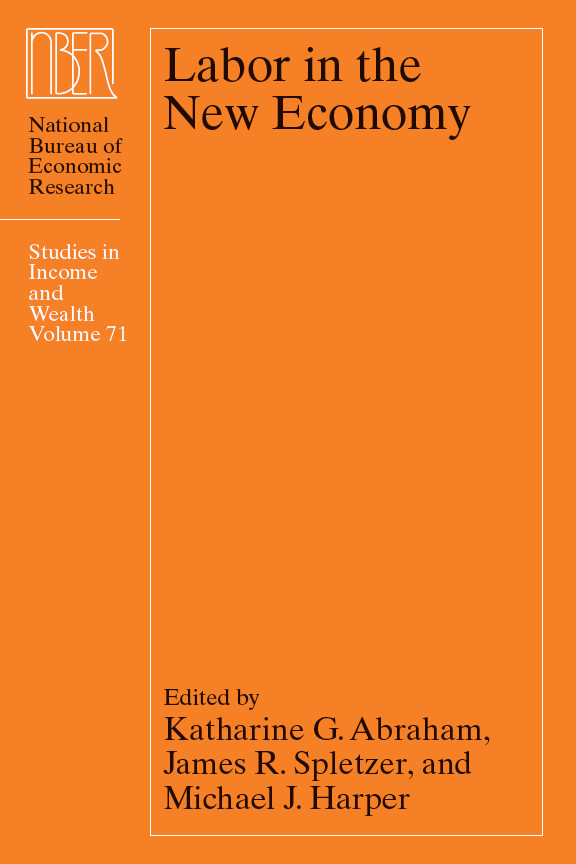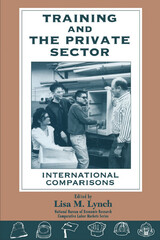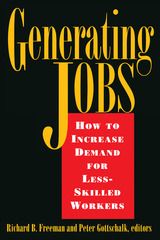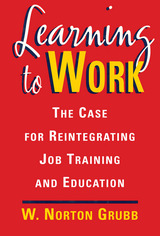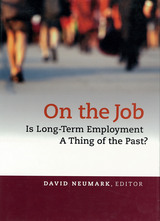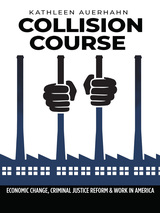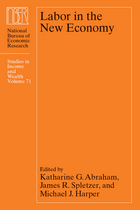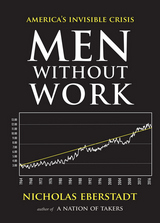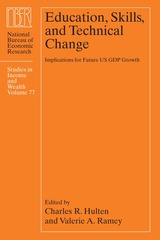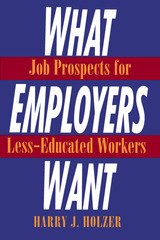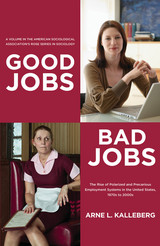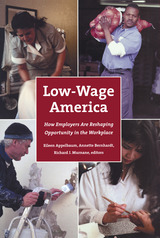Cloth: 978-0-226-00143-2 | eISBN: 978-0-226-00146-3
Library of Congress Classification HD5724.C683 2007
Dewey Decimal Classification 331.120973
As the structure of the economy has changed over the past few decades, researchers and policy makers have been increasingly concerned with how these changes affect workers. In this book, leading economists examine a variety of important trends in the new economy, including inequality of earnings and other forms of compensation, job security, employer reliance on temporary and contract workers, hours of work, and workplace safety and health.
In order to better understand these vital issues, scholars must be able to accurately measure labor market activity. Thus, Labor in the New Economy also addresses a host of measurement issues: from the treatment of outliers, imputation methods, and weighting in the context of specific surveys to evaluating the strengths and weaknesses of data from different sources. At a time when employment is a central concern for individuals, businesses, and the government, this volume provides important insight into the recent past and will be a useful tool for researchers in the future.
See other books on: Abraham, Katharine G. | Harper, Michael | Job security | Labor market | New Economy
See other titles from University of Chicago Press
